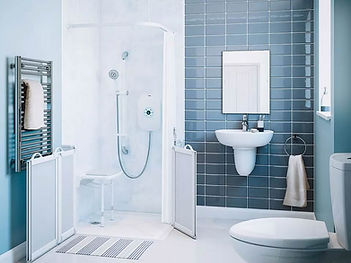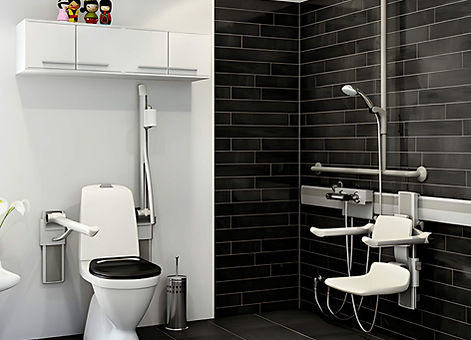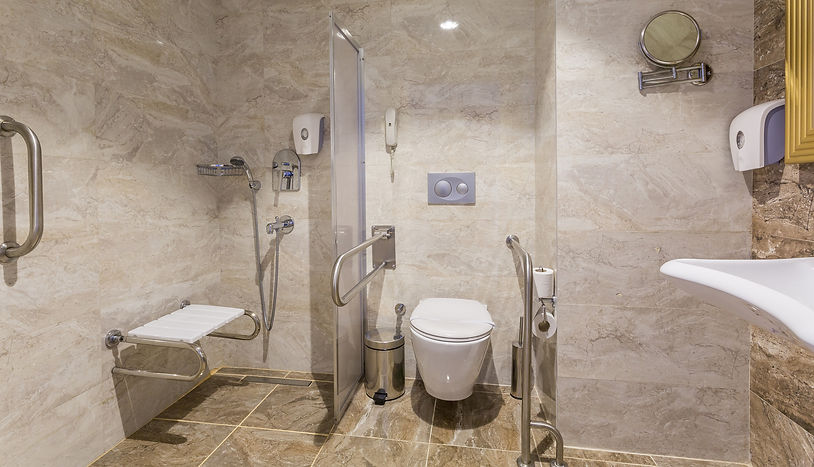top of page

ACCESSIBLE HOME ADAPTATIONS FOR DISABLED CUSTOMERS
Build and adaptations to enable independent living for local authorities and social housing customers
WHAT ARE
DISABLED ADAPTATIONS?
Disabled adaptations are changes made to a home to improve safety, comfort, and independence for customers with mobility challenges or health conditions. These can include installing ramps, level-access showers, widened doorways, stairlifts, handrails, and other practical adjustments to make everyday tasks easier and safer.
Adaptations are designed around the individual’s needs and can be implemented in both private homes and social housing, supporting independent living and improving quality of life.
HOW DO DISABLED ADAPTATIONS
HELP WITH DAILY LIVING?
Disabled adaptations make homes safer and easier to navigate, reducing the risk of falls and supporting customers to live independently. By removing physical barriers—such as stairs, narrow spaces, or inaccessible bathrooms—adaptations create a more functional and comfortable living space. This not only improves wellbeing but can also reduce the need for long-term care or frequent hospital visits.



DISABLED FACILITIES GRANT (DFG)
The Disabled Facilities Grant (DFG) is a government-funded scheme that helps cover the cost of essential adaptations to make homes safer and more accessible for customers with physical or mobility needs. Available through local authorities, the grant can fund a wide range of improvements, from level access showers and stairlifts to ramps, widened doorways, and kitchen modifications.
At Broad Oak Group, we work closely with councils, housing associations and occupational therapists to deliver high-quality, compliant adaptations that support independent living and improve quality of life for customers.
bottom of page